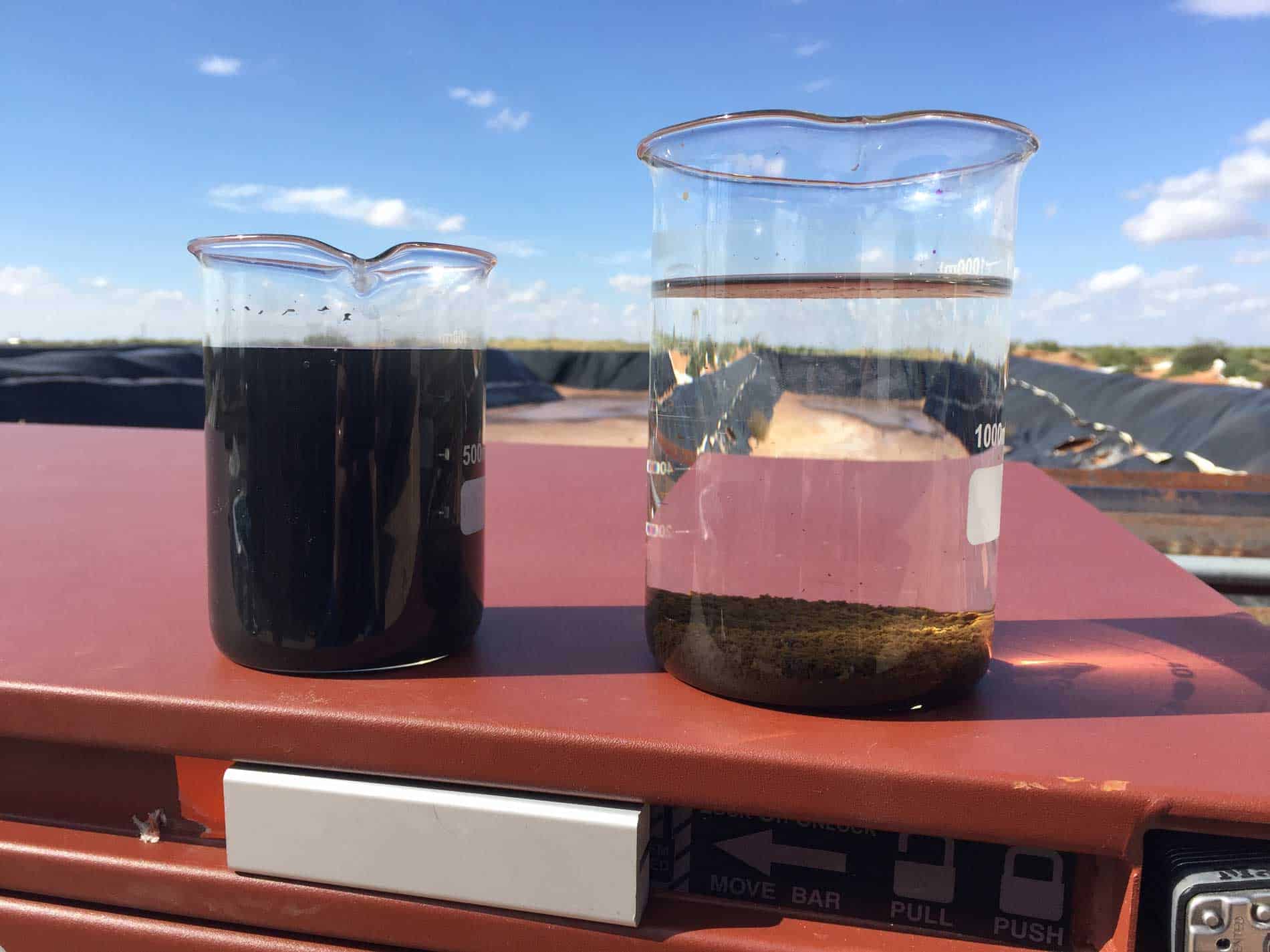UOP 326 Hydrocarbon Content in Produced Water Testing
The UOP 326 method is a critical analytical procedure used to determine the hydrocarbon content in produced water, which plays an essential role in environmental compliance and process optimization within the oil & gas sector. This test ensures that the recovered fluids meet quality standards set by regulatory bodies such as the Environmental Protection Agency (EPA) and International Organization for Standardization (ISO).
Produced water is a significant component of the oil production process, accounting for up to 95% of the total volume of fluids extracted from underground reservoirs. Hydrocarbon content in this produced water can vary widely depending on factors like extraction method, depth of the well, and reservoir characteristics. Accurate measurement is crucial not only for compliance with environmental regulations but also for efficient re-injection into aquifers or discharge into surface waters.
UOP 326 utilizes a gas chromatography technique to quantify hydrocarbons in produced water samples. This method involves several steps: sample preparation, injection onto the GC column, separation of components, and detection by flame ionization detector (FID). The result provides detailed information about the types and concentrations of various hydrocarbons present.
Sample preparation typically includes dilution if necessary due to high concentrations of total petroleum hydrocarbons (TPH), filtration to remove particulates, and sometimes conditioning to ensure consistent results. Once prepared, samples are injected into a gas chromatograph equipped with an FID detector capable of detecting trace amounts of compounds down to parts per million.
The primary advantage of using UOP 326 lies in its ability to provide precise quantification across different hydrocarbon fractions, offering insights into both volatile and non-volatile components. This capability is particularly useful for identifying potential sources of contamination or inefficiencies within the production process. Furthermore, it helps operators make informed decisions regarding water treatment processes aimed at reducing environmental impact.
Compliance with regulatory requirements mandates regular monitoring of hydrocarbon levels in produced waters. By employing UOP 326 testing procedures, organizations demonstrate their commitment to sustainable practices and ensure they are operating within legal boundaries. This method also supports internal quality control measures by providing reliable data for process optimization efforts.
- Regulatory compliance
- Environmental protection
- Process optimization
- Data-driven decision making
- Consistent sample preparation
- Precise quantification of hydrocarbons
- Identification of contamination sources
- Support for sustainable practices
In conclusion, UOP 326 testing serves as a cornerstone for ensuring the proper management of produced waters in the oil & gas industry. By accurately measuring hydrocarbon content using this method, companies can maintain regulatory adherence while enhancing operational efficiency and environmental stewardship.
Benefits
The application of UOP 326 testing offers numerous advantages to organizations involved in oil & gas production:
- Enhanced Compliance: Ensures strict adherence to local, national, and international standards regarding hydrocarbon content.
- Improved Process Efficiency: Identifies inefficiencies or potential issues early on, allowing for timely corrective actions.
- Sustainable Operations: Supports environmentally friendly practices by minimizing the release of harmful substances into natural environments.
- Data-Driven Decisions: Provides reliable data that helps guide strategic planning and resource allocation decisions.
- Informed Stakeholders: Keeps all parties involved, including regulatory bodies and investors, fully informed about operations.
The use of UOP 326 testing thus contributes significantly to the overall success of any oil & gas operation by fostering a culture of accountability and continuous improvement.
Industry Applications
The UOP 326 method finds extensive application across various segments within the broader oil & gas industry:
- Exploration & Production (E&P): Monitoring hydrocarbon levels during drilling and production phases.
- Refining & Petrochemicals: Assessing purity before further processing or storage.
- Transportation: Ensuring compliance with transportation regulations for bulk shipments of produced waters.
- Storage & Disposal: Verifying that stored water meets discharge criteria prior to release into aquatic systems.
- Renewable Energy: Evaluating by-products generated from biofuel production processes involving produced water usage.
Regardless of the specific application, UOP 326 testing remains indispensable for maintaining high standards of quality and safety across all stages of oil & gas operations.





